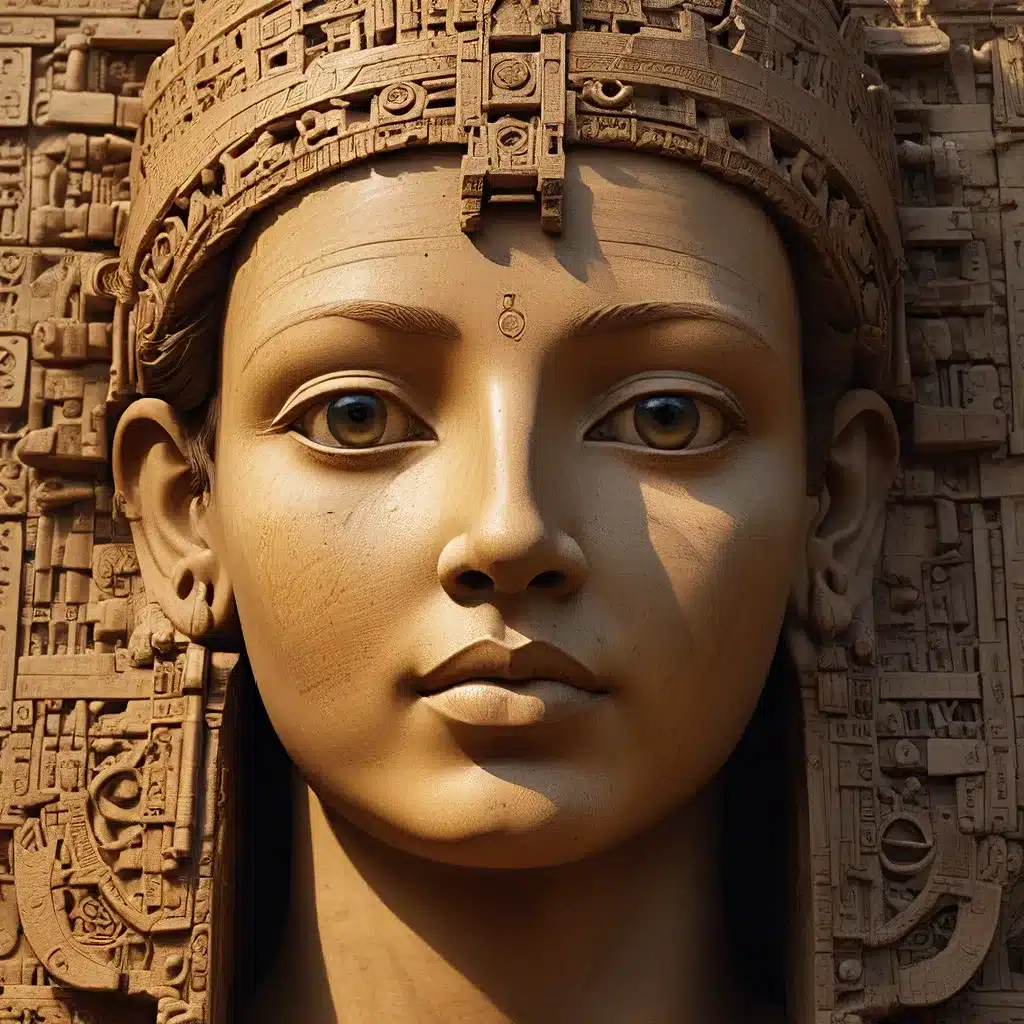
Humanity’s fascination with the mysteries of the past has long been a driving force in our collective exploration of history. From the towering pyramids of Egypt to the enigmatic Nazca Lines in Peru, ancient civilizations have left behind a tapestry of technological marvels that continue to captivate and confound modern scholars. In this article, we will delve into the intriguing world of ancient innovation, uncovering the secrets behind some of the most significant archaeological discoveries and the remarkable feats of engineering that have stood the test of time.
Unveiling the Mysteries of the Pyramids
The pyramids of Egypt have long been a source of fascination and wonder, captivating the human imagination for centuries. These towering structures, built as tombs for pharaohs and important individuals, are not only architectural marvels but also windows into the beliefs, technologies, and way of life of the ancient Egyptian civilization.
The construction of the pyramids required a high level of architectural knowledge, engineering prowess, and organizational skills. The ancient Egyptians were masters of these crafts, employing innovative techniques that continue to astonish experts today. From the precision-engineered limestone and granite blocks to the intricate system of internal chambers and passageways, the pyramids stand as a testament to the ingenuity and determination of their builders.
Interestingly, the pyramids were not just grand tombs; they were deeply symbolic structures tied to the religious and spiritual beliefs of the ancient Egyptians. The shape of the pyramid was believed to represent the primordial mound that emerged from the waters of chaos at the dawn of creation, linking the construction of these monuments to the concept of rebirth and transformation in the afterlife.
Uncovering the Secrets of Ancient Technology
One of the most enduring mysteries surrounding the pyramids is the question of how they were built. Despite the lack of modern machinery, the Egyptians managed to transport massive limestone and granite blocks, some weighing several tons, and precisely position them to create these awe-inspiring structures. Theories about the construction methods abound, ranging from the use of ramps and counterweights to the employment of waterways and levers. The exact techniques used remain a subject of ongoing debate among archaeologists and historians, each offering unique perspectives and insights.
Beyond the pyramids, other ancient civilizations have also left behind technological marvels that continue to captivate our imagination. The Nazca Lines in Peru, for example, are a series of geoglyphs etched into the desert landscape, depicting various animal and geometric shapes. These intricate designs, visible only from the air, have long been a source of mystery, with theories ranging from religious rituals to astronomical alignments. The sheer scale and precision of these ancient markings highlight the advanced knowledge and skills of their creators.
Exploring the Ingenuity of Lost Cultures
Across the globe, archaeologists and historians have uncovered numerous examples of ancient technological prowess, each offering a unique perspective on the ingenuity and problem-solving abilities of our ancestors. The Antikythera Mechanism, a complex geared device found in a shipwreck off the coast of Greece, is considered one of the earliest known examples of an analog computer. This remarkable artifact, dating back to the 2nd century BC, was used to predict the movements of celestial bodies, showcasing the sophisticated astronomical knowledge of the ancient Greeks.
Similarly, the Moai statues of Easter Island, with their massive size and intricate features, have long puzzled scholars. How did the inhabitants of this remote island, the Rapa Nui, manage to transport and erect these colossal figures, often weighing several tons? Theories abound, from the use of wooden sleds and ropes to the implementation of complex engineering techniques, highlighting the remarkable feats of ancient civilizations.
Unveiling the Secrets of the Past
As our understanding of ancient civilizations continues to evolve, new archaeological discoveries and technological advancements have shed light on the remarkable achievements of our ancestors. From the decoding of hieroglyphic scripts to the use of non-invasive scanning techniques, modern researchers are uncovering a wealth of information about the beliefs, customs, and technological prowess of these lost cultures.
The preservation and exploration of these ancient sites and artifacts have become a critical focus for archaeologists and historians worldwide. Efforts to protect and study these treasures have not only deepened our knowledge of the past but also inspired a renewed appreciation for the enduring legacy of human ingenuity and creativity.
The Enduring Influence of Ancient Innovation
The impact of ancient technological and cultural achievements extends far beyond their physical presence. These iconic structures and artifacts have permeated art, literature, and popular culture, becoming symbols of human ambition and ingenuity. From the literature of Agatha Christie to the blockbuster films of Hollywood, the pyramids, the Nazca Lines, and other ancient wonders continue to capture the imagination of people worldwide.
These enduring legacies serve as a reminder of the remarkable achievements of our ancestors and their enduring influence on the modern world. As we continue to unravel the mysteries of the past, we are not only satisfying our innate curiosity but also gaining a deeper understanding of the human spirit and its extraordinary capacity for innovation and discovery.
Conclusion: Embracing the Unknown
The enigmas of ancient technology and innovation have captivated humanity for centuries, and the journey of uncovering their secrets continues to unfold. Through the tireless efforts of archaeologists, historians, and enthusiasts, we have gained a deeper appreciation for the remarkable achievements of our ancestors, and the lessons they hold for our own pursuit of knowledge and progress.
As we delve deeper into the shadows of the unknown, let us embrace the spirit of exploration and curiosity that has driven humanity forward since the dawn of civilization. By unraveling the mysteries of the past, we not only satisfy our thirst for understanding but also unlock the keys to unlocking the potential of the future. The ancient world may have long passed, but its legacy lives on, inspiring us to push the boundaries of what is possible and to continue our never-ending quest for knowledge and discovery.


